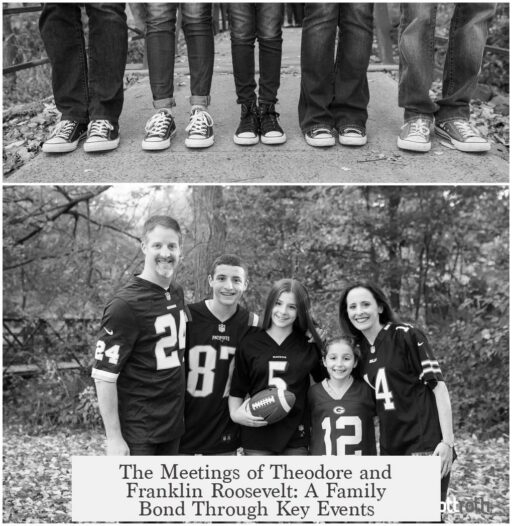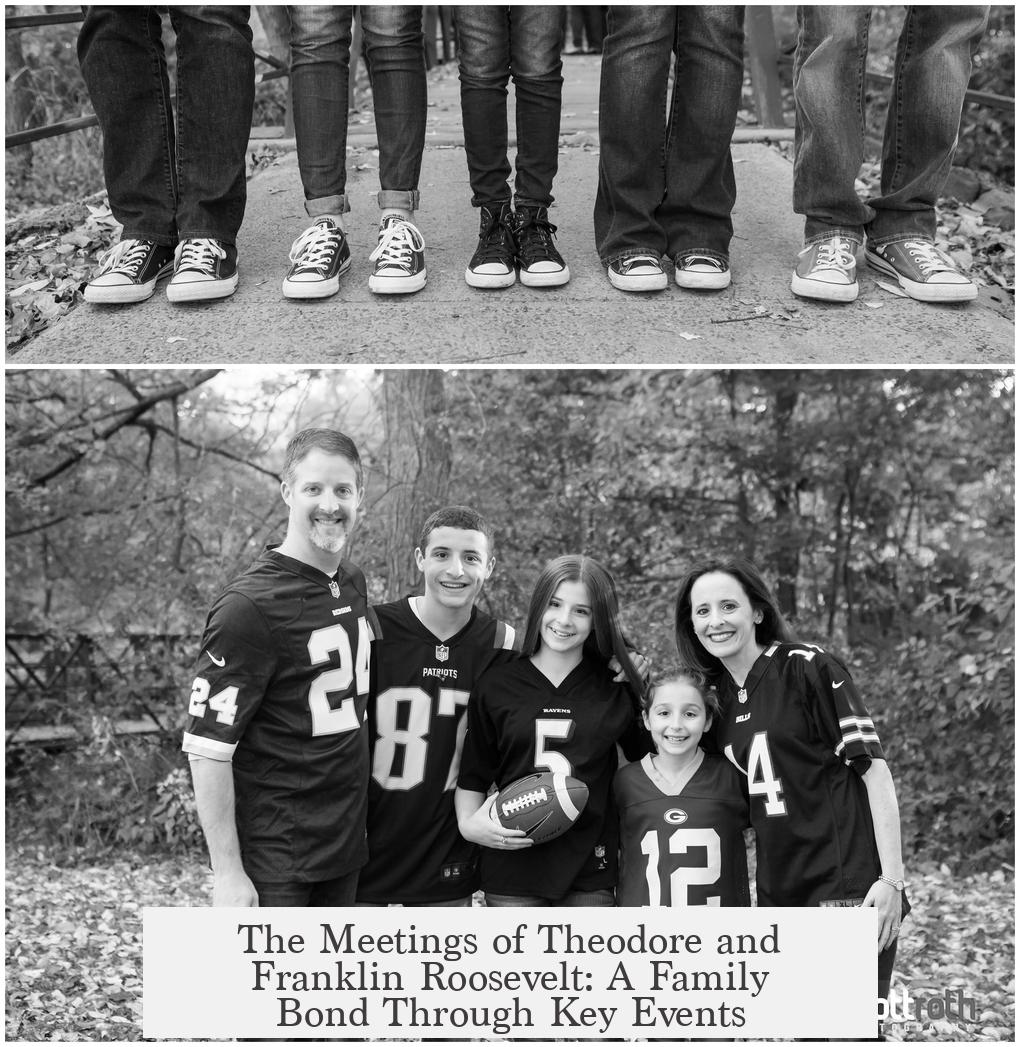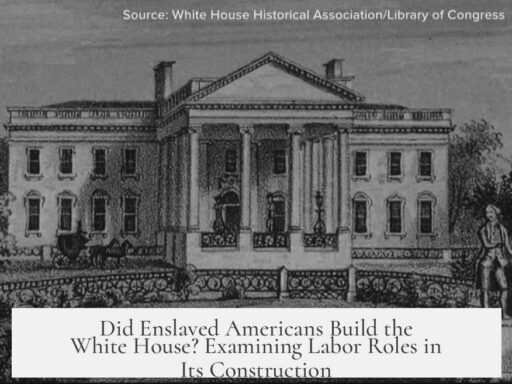Theodore Roosevelt and Franklin D. Roosevelt met on several documented occasions throughout their lives, with at least four confirmed meetings spanning youth to adulthood. Their interactions began during Franklin’s childhood, continued through key family events, and remained intermittently close as both rose to political prominence.
As young relatives, Franklin visited Theodore at Sagamore Hill in Oyster Bay multiple times. These visits involved activities like swimming and horseback riding, indicating a personal bond beyond family ties. Theodore once expressed strong affection for young Franklin to his mother, calling him “so fond of that boy, I’d be shot for him.”
One notable official meeting occurred on March 17, 1905, when Franklin married Eleanor Roosevelt—Theodore’s niece and Franklin’s distant cousin. Theodore Roosevelt personally gave Eleanor away at the wedding, symbolizing familial support and closeness.
Another publicized meeting happened on June 18, 1910. On this day, Theodore returned to the United States following his year-long expedition across Africa and Europe. Franklin Roosevelt was part of the welcoming party greeting Theodore, marking a documented reunion.
Between 1913 and 1914, Franklin served as Assistant Secretary of the Navy under President Wilson. During this period, Theodore expressed criticism of Wilson’s handling of World War I. Correspondence between Theodore and Franklin reveals they shared political concerns. Although likely, there is no concrete proof they met in person in Washington, D.C., during this time.
The final confirmed meeting took place in April 1915 during a libel trial where Theodore Roosevelt was a defendant. Franklin was called as a character witness for Theodore, signifying mutual trust and respect. Photographs from this event provide rare visual evidence of their proximity.
In summary:
- Several childhood visits at Oyster Bay
- Marriage ceremony in 1905
- Welcome party after Theodore’s expedition in 1910
- Probable but unconfirmed meetings during 1913–1914
- Libel trial gathering in 1915
Their meetings were influenced by both familial ties—as fifth cousins—and shared political and personal respect. Roosevelt scholars suspect more informal or undocumented encounters occurred, but the above occasions remain the only consistently verified ones.
Key takeaways:
- Theodore and Franklin Roosevelt met multiple times, mainly during Franklin’s youth and early political career.
- At least four distinct, confirmed meetings exist, with others probable but undocumented.
- Their relationship combined personal closeness with political interaction and mutual support.
How Often Did Theodore and Franklin Roosevelt Meet? A Fascinating Family Dynamic Unfolded

Theodore Roosevelt (TR) and Franklin D. Roosevelt (FDR) met in person on at least four well-documented occasions, ranging from childhood visits in Oyster Bay to serious courtrooms in 1915, but the truth is their encounters were likely more frequent though not always recorded. What stands out is that these rare moments were deeply influential, given their unique family ties and shared political journeys.
So, just how often did these two Roosevelts cross paths? Let’s unpack their meetings, family dynamic, and why these episodes matter beyond mere numbers.
Meeting #1: Childhood Adventures at Sagamore Hill
Young Franklin Roosevelt spent several memorable summers at Theodore Roosevelt’s home, Sagamore Hill, located in Oyster Bay. These weren’t just polite visits over cookies, but rigorous escapades—horseback riding, swimming, and rugged outdoor challenges. Roosevelt family lore hints at a close bond developing.
Picture FDR, a slightly frail kid, keeping up with the vigorous ex-president. TR reportedly told Franklin’s mother, Sara, that he was “so fond of that boy, I’d be shot for him.” That’s a statement packed with affection and dramatic passion, showing how much TR cared about his young cousin.
Meeting #2: The Wedding Day, March 17, 1905
In a scene worthy of a historical drama, TR gave away Eleanor Roosevelt, Franklin’s distant cousin and future wife, at the wedding. This moment not only unites two branches of the Roosevelt family but highlights how intertwined their personal lives were. TR’s presence at Franklin’s wedding is one of the clearest indicators of their relationship’s warmth and significance.
Meeting #3: The Homecoming Party on June 18, 1910
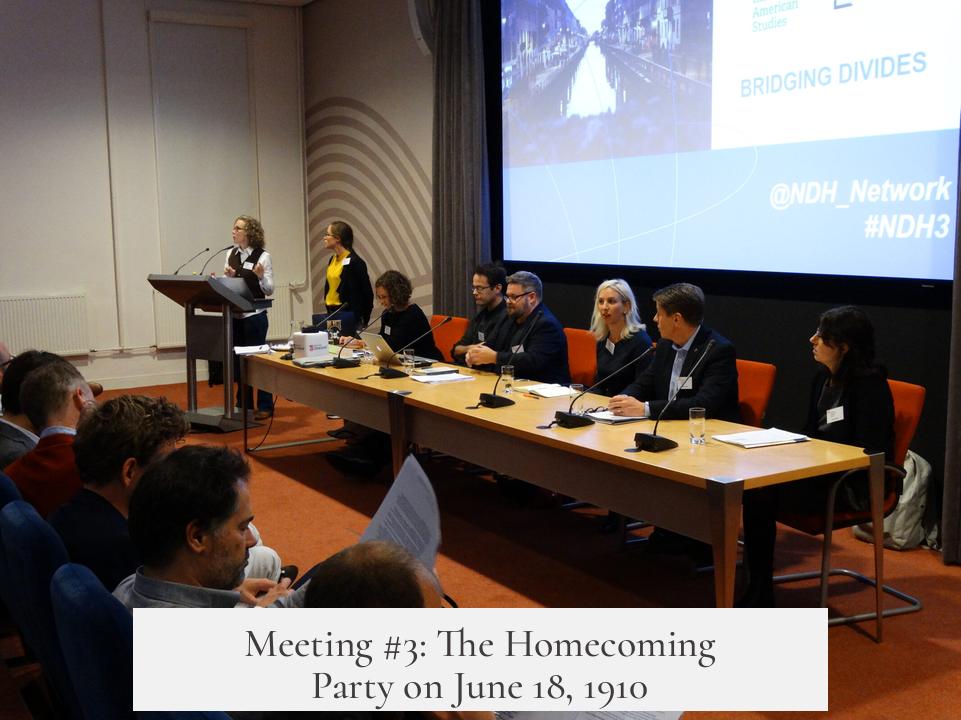
After spending a year living an adventurous life in Africa and Europe, TR returned to America on June 18, 1910. Franklin was part of the welcoming party, a testament to their ongoing connection. This meeting likely involved lively conversations about TR’s travels—and perhaps early political strategizing. It illustrates a direct overlap during their prime adult years when both were deeply involved in public affairs.
Meeting #4: The April 1915 Libel Trial
Their last confirmed meeting occurred during TR’s libel trial. Franklin appeared as a character witness—a role combining personal support and political allegiance. This event offers arguably the best-known photograph of them together, symbolizing a rare public glimpse into their alliance.
Possible but Unconfirmed Encounters During 1913-1914
While Franklin served as Assistant Secretary of the Navy during President Wilson’s administration, both Roosevelts exchanged detailed correspondence about World War I policies. TR was openly critical of Wilson’s approach, and Franklin voiced similar concerns. They may have met in Washington D.C. during this time, but no definitive proof exists.
This opens the door to speculation: Did their familial bonds and political alignments encourage quiet meetings away from cameras? The odds seem high, but historians remain cautious.
Understanding the Relationship Context: More than Just Meeting Frequency
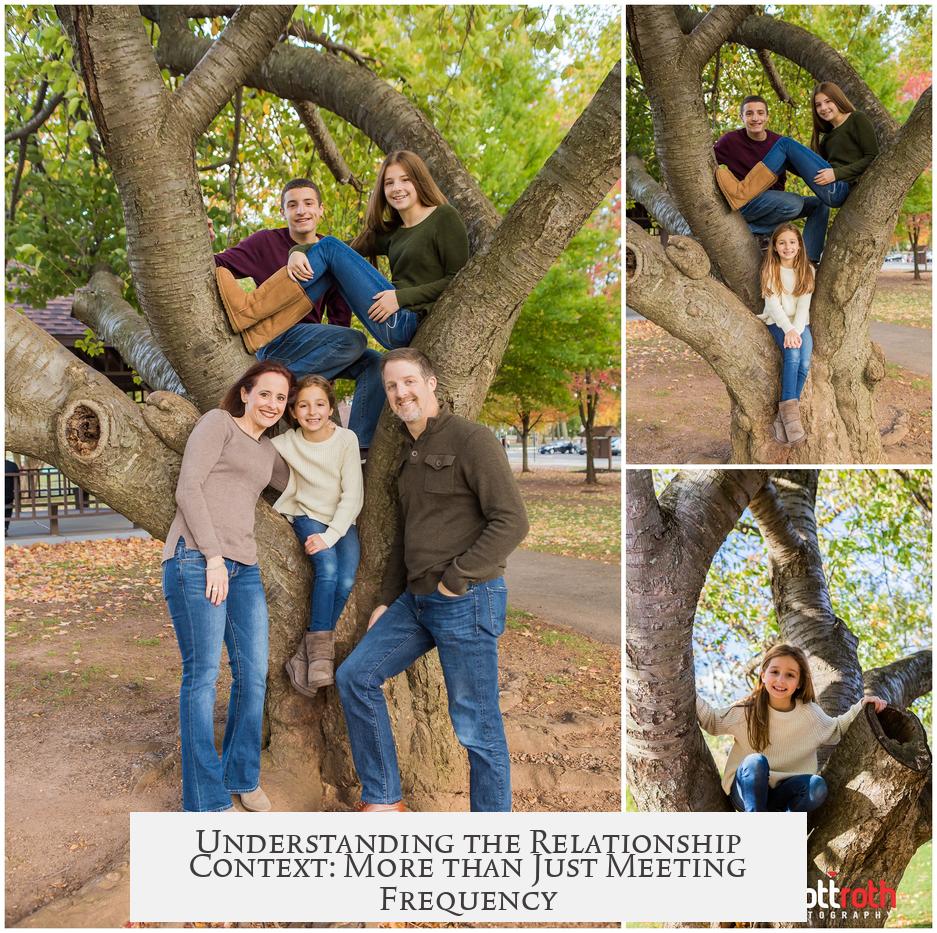
The statement “How often?” is only half the story. Their interactions must be viewed through the lens of their robust family connection. The two were fifth cousins, stemming from different Roosevelt family branches. While distant by some standards, their kinship influenced deep admiration and emulation.
FDR looked up to TR as a mentor and role model. He patterned his public persona and policies after TR’s example. This admiration imbues their meetings with significance far beyond social visits—they were moments of guidance and mutual reinforcement.
Why Does This Matter? Lessons From Their Meetings
- Influence in Shaping Leadership: Those childhood visits and encounters built FDR’s respect for TR’s robust zeal and reformist vision.
- Example of Political Mentorship: From welcoming parties to legal trials, the elder Roosevelt modeled public courage, which FDR absorbed.
- Family Ties Transcending Formal Politics: Even during political turmoil and war, their bond remained a linchpin shaping decisions.
How Can We Apply This Today?
Think about your own mentors. How much power does a few direct meetings and active support hold in one’s life? The Roosevelts’ story shows that even relatively sparse, authentic interactions can drive immense influence.
For readers interested in leadership or family legacy, these four confirmed meetings represent pillars in a narrative of mentorship, influence, and political ambition. Yet, their story also encourages curiosity—are there other meetings lurking in forgotten letters or diaries? Historical detective work keeps the mystery alive and invites us to imagine missed connections.
Final Takeaway
Despite the assumption that two powerful Roosevelts must have met constantly, documented evidence shows only a handful of definite occasions. They met at least four times, with likely more, especially during politically charged periods like 1913-1914. Childhood escapades at Sagamore Hill, a wedding day marked by family ties, a triumphant homecoming, and courtroom allies—these moments define a unique relationship filled with warmth, mentorship, and political cooperation.
Sometimes, it’s not about the number of meetings but the depth of connection. The Roosevelts embody how rare meetings can fashion legacies and attitudes echoing across U.S. history.
How often did Theodore and Franklin Roosevelt meet during Franklin’s youth?
Franklin visited Theodore’s home in Oyster Bay several times when he was young. They shared activities like horseback riding and swimming, showing a close personal bond in their early years.
Did Theodore and Franklin Roosevelt meet at Franklin’s wedding?
Yes. On March 17, 1905, Theodore Roosevelt gave away Eleanor Roosevelt, Franklin’s distant cousin and wife. This confirms their presence together at that key family event.
Was there a meeting between Theodore and Franklin Roosevelt in 1910?
They met on June 18, 1910. Theodore had just returned from Africa and Europe. Franklin was part of the welcoming party, marking another confirmed meeting.
Did Theodore and Franklin Roosevelt meet during Franklin’s time as Assistant Secretary of the Navy?
It’s believed they may have met between 1913 and 1914 in Washington, D.C. While correspondence is confirmed, there’s no concrete proof of in-person meetings at that time.
When was their last confirmed meeting and what was the occasion?
In April 1915, Franklin stood as a character witness for Theodore during a libel trial. This event produced rare photographic evidence of them together.
